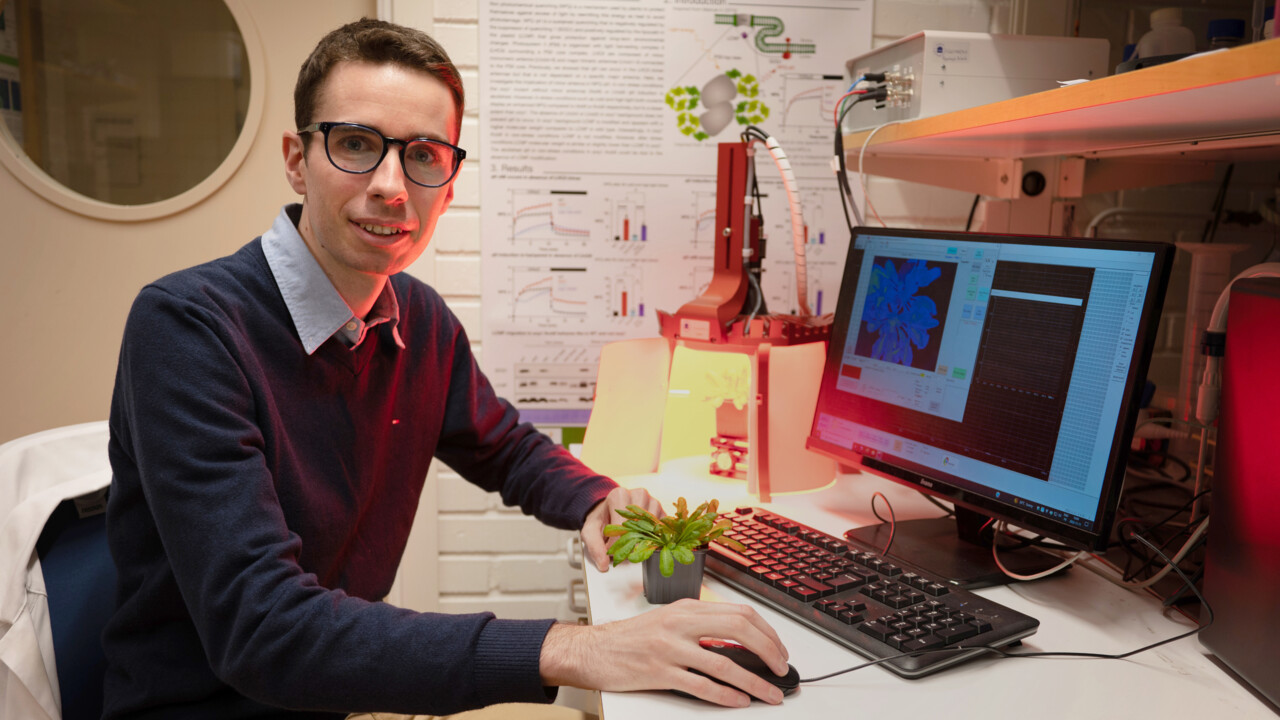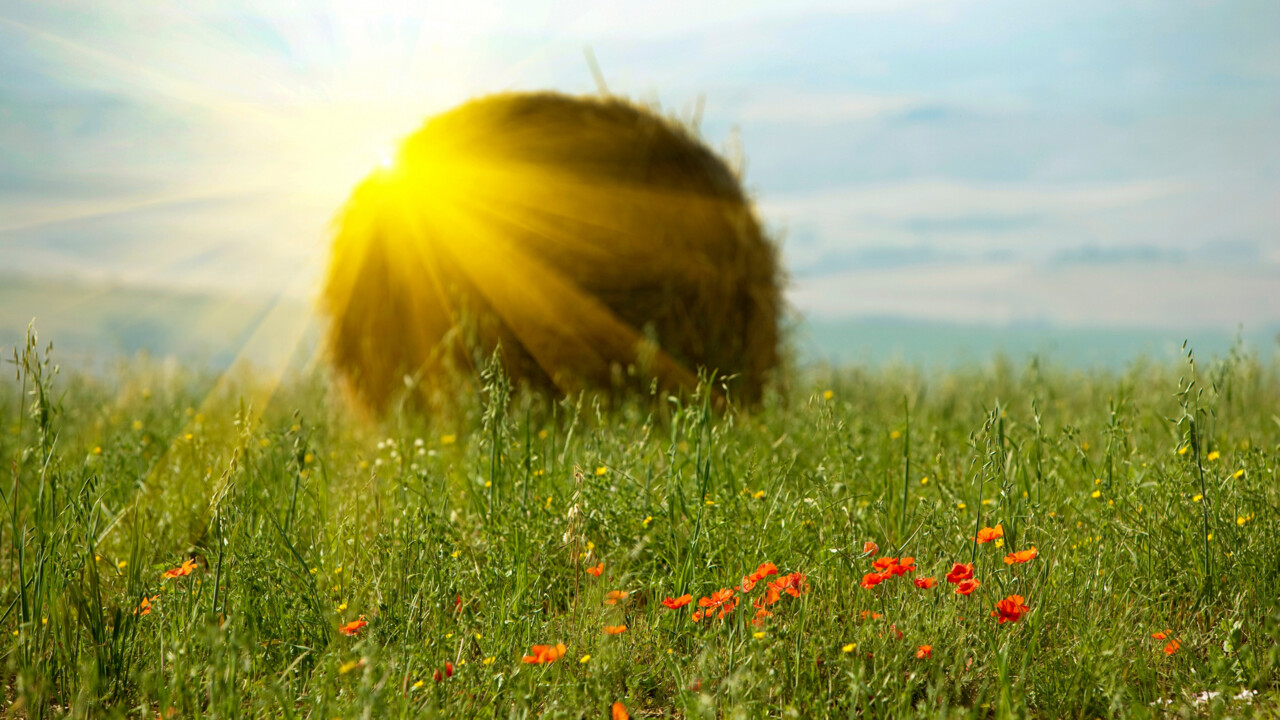About the public defence
Pierrick Bru, Umeå Plant Science Centre / Department of Plant Physiology, Umeå University, defends his PhD thesis with the title Investigating the molecular mechanism of photoprotection qH, in Arabidopsis thaliana on Friday, 8 December 2023. The defence will take place at 09.00 in KBE301 Lilla hörsalen in the KBC-building, Umeå University. Faculty opponent is Stefano Caffarri, Department of Biology, Aix-Marseille University, Marseille, France. The thesis was supervised by Alizée Malnoë.



